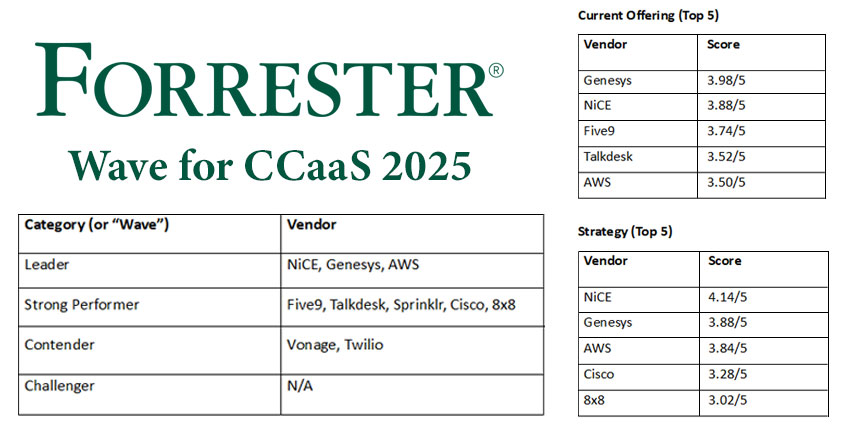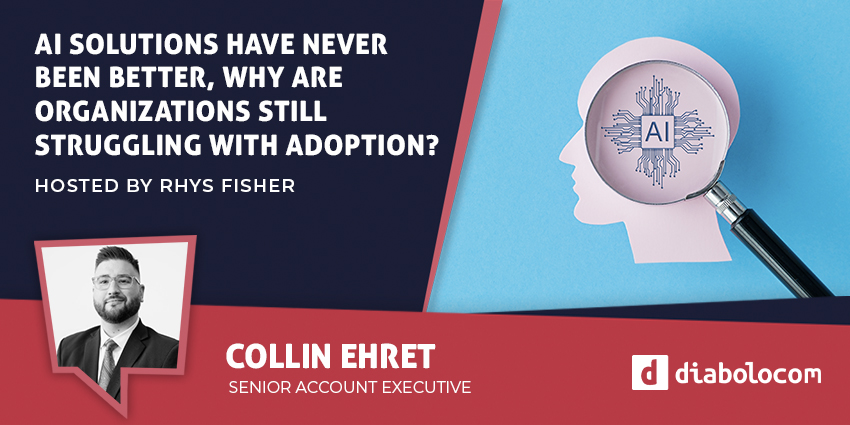There’s nothing quite like having the correct information at the right time – at your fingertips. Like driving on a rainy, foggy night in an unfamiliar city, and you need to get to the airport. Worse, you’re running late.
What do you do? Launch Google Maps and request a route. Within seconds, there’s the map, the route, and a voice-assisted bot to help.
It’s not unlike a contact centre. Agents take calls, not knowing who or what issue is on the other side of their headsets. And they’re expected to immediately know the answer, resolve the issue, and build rapport.
Well, that’s no small thing. But big problems are often solved with novel solutions. And today, there are powerfully integrated contact centre solutions that help deliver meaningful customer context to agents. Usually, this starts with connecting the contact centre with the CRM.
Hub to Spokes. CRM to Omnichannel
Today’s best contact centre solutions are cloud-native platforms, which integrate channels with the CRM and a unified agent desktop. That is crucial for omnichannel experiences.
When each channel connects to a central CRM, the customer interaction history appears in a single thread, no matter how many times they have switched channels.
“Having a customer’s interaction, purchase, and sentiment history available, helps agents’ problem solve and adjust their approach to best “fit” the customer,” said Richard Gregory, Senior Sales Executive at Odigo.
Even better, companies can create a 360-degree view of a customer by connecting the CRM to order management, document management, voice of the customer, and various other solutions.
Odigo and Salesforce: A Very Good Connection
The most prominent CCaaS vendors connect with multiple CRM solutions. Odigo is a prime example of this – with its Salesforce integration gaining particular momentum.
Connecting to the Salesforce Service Cloud, it connects voice, digital channels, and CRM data in one central view for service agents.
Such interoperability is critical, especially as Salesforce continues to dominate CRM. Indeed, according to the IDC, Salesforce outsells Microsoft – its closest competitor – by almost 4:1.
Gather Customer Context While They Wait
While connecting customer engagement channels with a central CRM helps to store critical customer context, contact centres can collect more to support their teams.
For example, as customers wait in call queues, voicebots – AI-enhanced IVRs- gather customer information relevant to their queries.
Alluding to this, Gregory states:
“IVRs have evolved into intelligent bots, capable of routing customers based on only a few spoken words, offering self-service and gathering customer context upfront.”
In doing so, agents may begin each call with an understanding of customer intent, with the information they need to solve the query at their fingertips.
Also, this application of conversational AI makes call queues much more engaging. Meanwhile, it also helps to lower abandon rates, improve agent efficiency, reduce costs, and lower the strain on the contact centre.
Conversations Reveal. Context Arrives.
The American author Mark Twain had no inkling about AI-based speech analytics when he wrote, “A man’s character may be learned from the adjectives which he habitually uses in conversation.”
Nevertheless, in contact centres today, speech analytics does a remarkable job of revealing customer character and sentiment – at that moment – in their own words. As Gregory states:
“Conversation analytics assesses customer tone, sentiment, and actions. As such, it offers agents real-time intelligence and feedback, automatically populates the CRM, and can even predict future customer behaviours.”
As such, speech analytics may also deliver additional customer context to support agents in handling customer queries. Moreover, Odigo’s solution helps:
- Automatically detect recurring call themes with unsupervised analysis
- Categorize calls by topic, feeling, and behaviour
- Generate graphs and reports to measure correlations and trends
- Support targeted listening initiatives
- Analyze silences, breaks, speaking time distribution
To find out more about this, Odigo’s voicebots, and its solution for Salesforce, visit Odigo.







